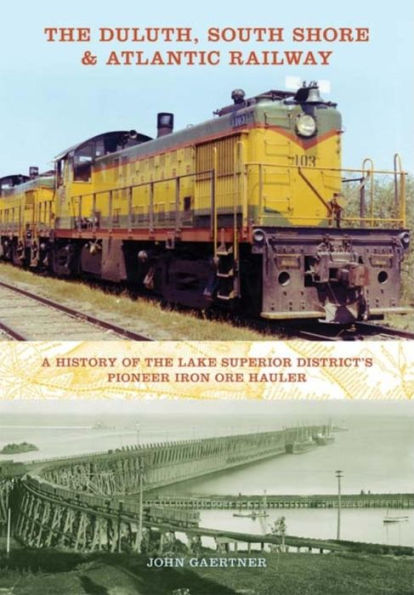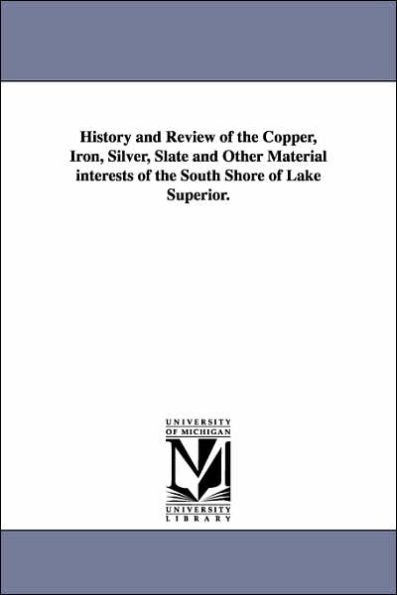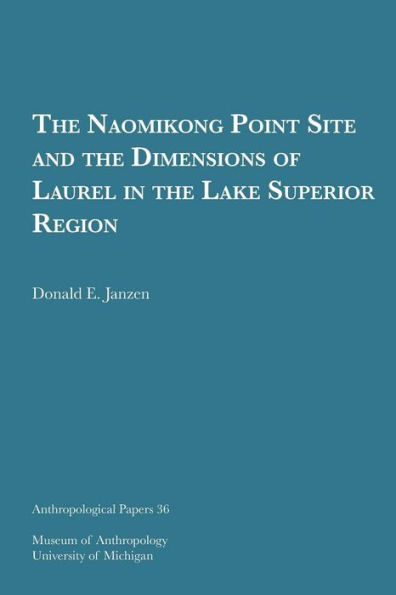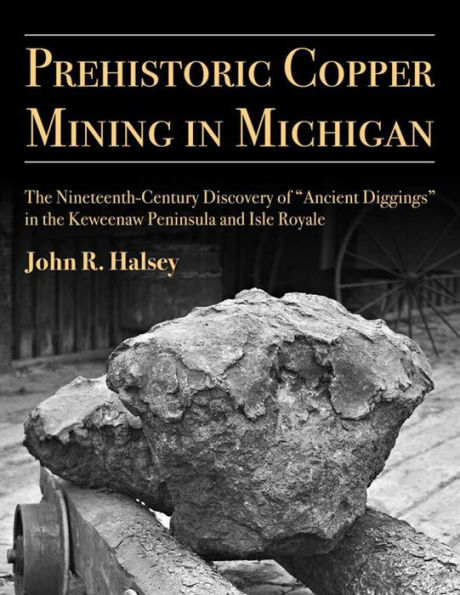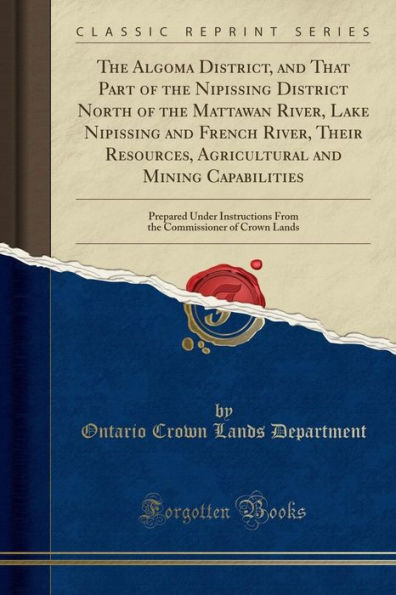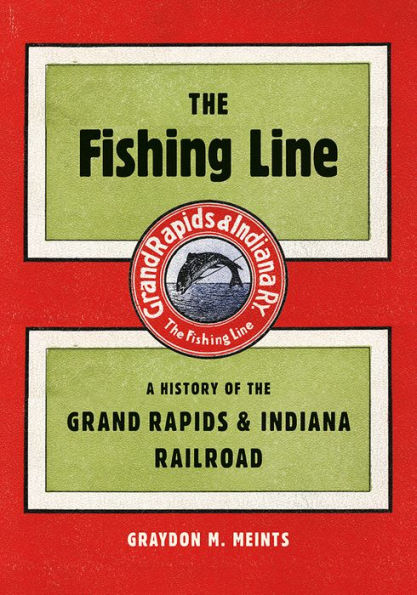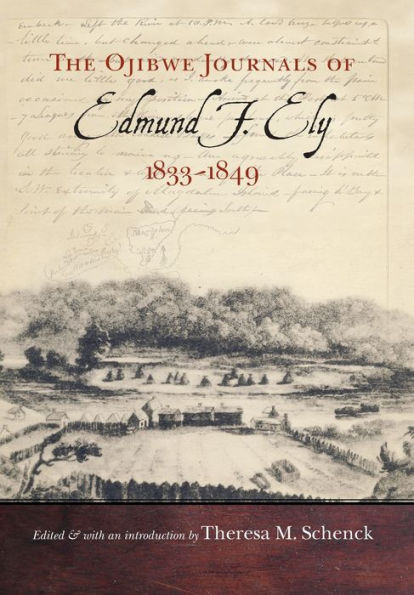Home
The Structural Relations of the Negaunee-Ishpeming District of the Marquette Iron Range, Lake Superior


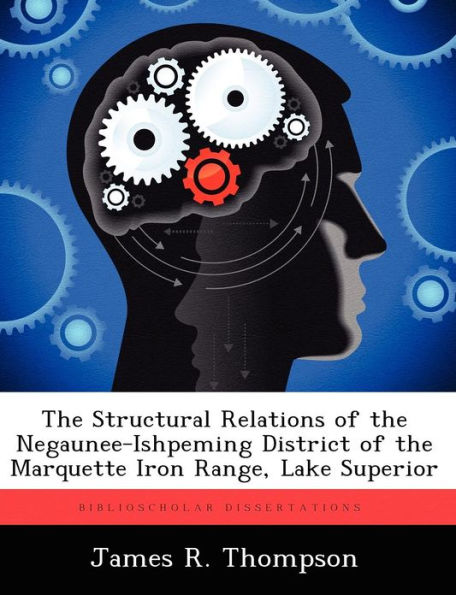
The Structural Relations of the Negaunee-Ishpeming District of the Marquette Iron Range, Lake Superior
Current price: $57.95
Loading Inventory...
Size: OS
Transactive memory, the cooperative division of labor for learning, remembering, and communicating relevant team knowledge (e.g., Hollingshead, 2001), allows team members to smoothly coordinate their discrete areas of expertise. As it consists of both a memory structure and knowledge transactions, researchers have taken two different approaches towards studying transactive memory, viewing it either through its cognitive manifestations (e.g., Lewis, 2003) or its transactional behaviors (e.g., Ellis, 2006). The purpose of this study was to propose and test a model of transactive memory development that integrates both approaches. To do so, I introduce a two-stage model in which the cognitive dimensions of transactive memory emerge through specific transactive memory behaviors. In the first stage, the structure of team knowledge is formed as members share information about their areas of expertise. The emergence of the team memory schema allows for the sharing and retrieval of information in the second stage, when members learn to trust and coordinate with the expertise of their teammates, leading to the smooth flow of information in and out of the team's transactive memory. To test this model, I arrayed 360 students into 90 four-person teams which engaged in a computerized, dynamic, command and control simulation. While results failed to support the model as a whole, most hypothesized relationships were supported. Specifically, need for cognition and reward structure influenced behaviors and cognitions, while specialization and coordination were related to the hypothesized outcomes of each stage. Finally, the relationship between specialization and coordination was partially mediated by information allocation.
